Preventing bridge crane hook wear is key to ensuring equipment safety and extending service life. The following are three systematic prevention methods, combining technical specifications and practical experience:
1. Attaching sleeves to individual wire ropes: Take a steel pipe with a diameter slightly larger than the steel wire rope, make it the same shape as the steel wire rope, and then put it on. This prevents the wire rope from rubbing against the hook, thus protecting the クレーンフック. The material of the casing can be plastic pipe, high-pressure hose or other materials.
2. Use other materials instead of wire ropes: Using nylon ropes or nylon lifting straps instead of steel wire ropes can also reduce wear on the hooks. If a wire rope is used, the length must comply with the use of the hook. Otherwise, if the wire rope is too long, the hook will be hung too high, making it difficult for the operator to see clearly; if the wire rope is too short, it will be difficult to hook, and the hooker may be easily injured. いつもの, the length of the wire rope can also be determined according to the height of the operator.
3. One wire rope to lock the hook becomes three: Use rope clamps on both sides of a steel wire rope to secure it, so that it can be changed from one to three steel wire ropes and the hooks are also in contact. In this way, the friction between the wire rope and the hook can be reduced and the service life of the hook and rope can be increased.
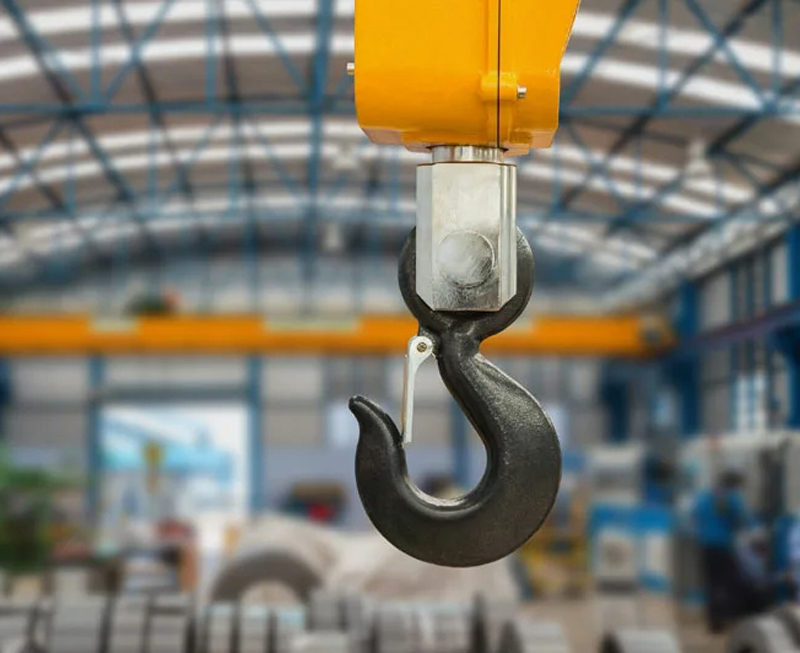
Visual inspection
頻度: Check the hook surface for cracks, deformation or rust before each shift.
Key areas: hook mouth, threaded connection, bearing contact surface.
ツール: Use a magnifying glass or endoscope to detect small cracks.
寸法
Hook mouth wear amount: 超えた場合 10% オリジナルサイズの, it must be scrapped (refer to GB/T 10051.1 標準).
Thread wear: If the pitch deviation is >5%, the nut needs to be replaced or the thread repaired.
非破壊検査 (NDT)
Magnetic particle inspection: once every 6 月, if any surface cracks are found, stop using it immediately.
Ultrasonic testing: Detecting internal defects for high-load hooks.
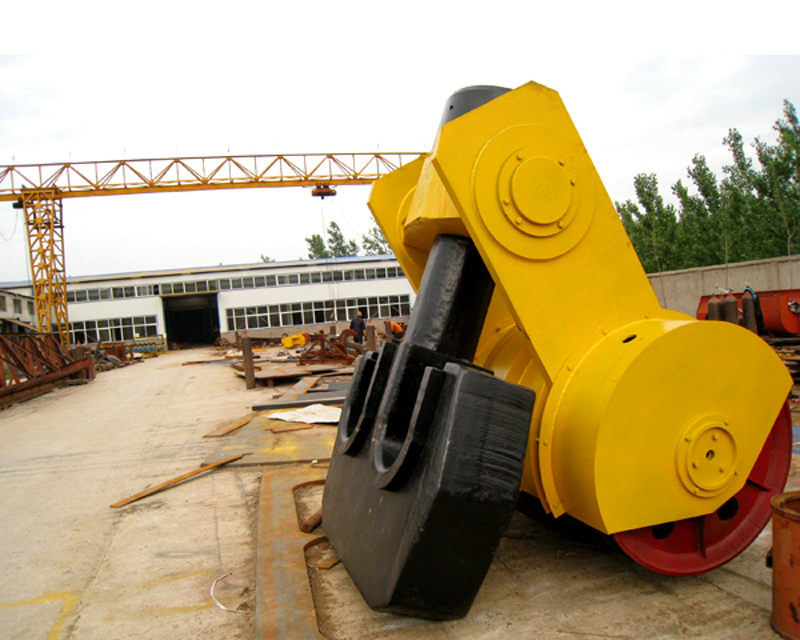
Overload prohibited
安全係数: The rated load of the hook must be ≥ the requirements of the crane’s working level (such as the safety factor of A5-class crane ≥ 4:1).
Dynamic load control: avoid emergency stops and starts, and control acceleration within 0.1~0.3m/s².
Avoid diagonal pulling and hanging
Deflection angle limit: The angle between the sling and the vertical direction is ≤45° to prevent unilateral wear of the hook mouth.
Case: In a steel plant, the local wear of the hook mouth exceeded the standard by 30% due to cable pulling, causing a decoupling accident.
Anti-rotation measures
Install anti-rotation bearing: reduce the rotation friction of the クレーンフック and extend the life of the hook body.
Use anti-rotation wire rope: such as 35W×K7 structural wire rope.

Lubrication solution
Lubrication points: hook neck bearing, threaded connection, pulley block.
Grease selection: Use lithium-based grease in high-temperature environments (dropping point ≥ 180°C), and use calcium-based grease in humid environments.
Period: Lubricate every 200 労働時間, shortened to 100 hours under heavy load conditions.
Surface anti-corrosion treatment
Coating process: hot-dip zinc (thickness ≥ 80 μm) またはダクロメットコーティング (salt spray resistance ≥ 1000h).
Daily protection: Clean acid and alkali residues after work and spray WD-40 anti-rust agent.
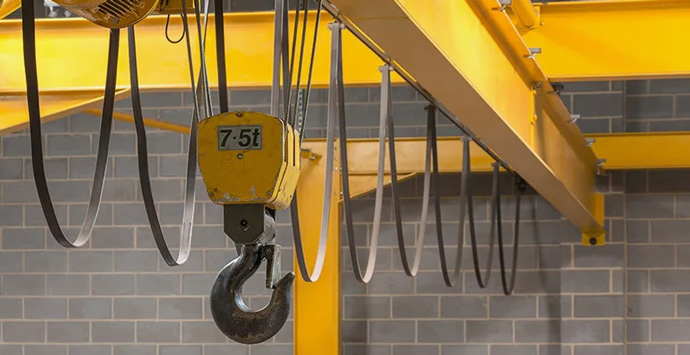
Material upgrade
高強度合金鋼: 34CRMO (tensile strength ≥1080MPa) is used to replace ordinary carbon steel.
Process improvement: 鍛造 + quenching and tempering heat treatment, hardness control HRC 38-42.
Anti-wear design
Hook mouth liner: Install nylon or polyurethane sheath (thickness ≥5mm) to reduce friction between metals.
Replaceable hook tip: Modular design, only replace the worn parts instead of the entire hook.
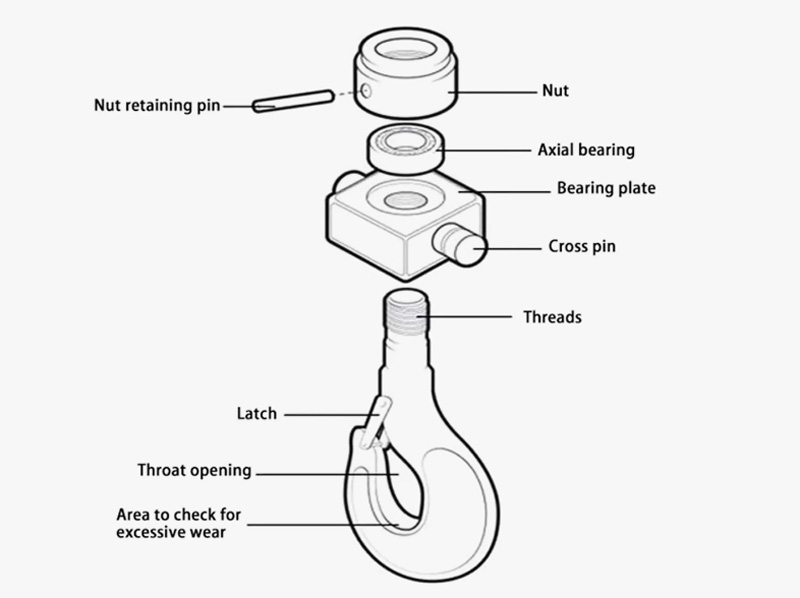
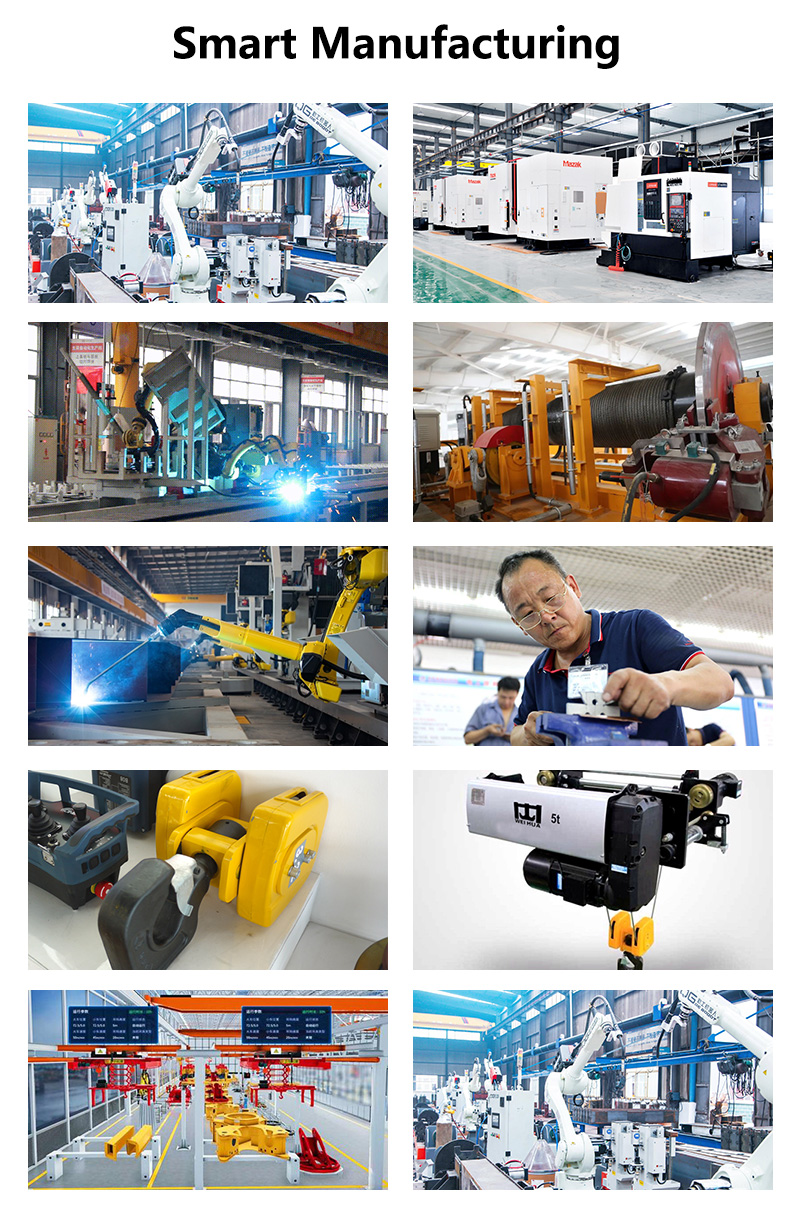
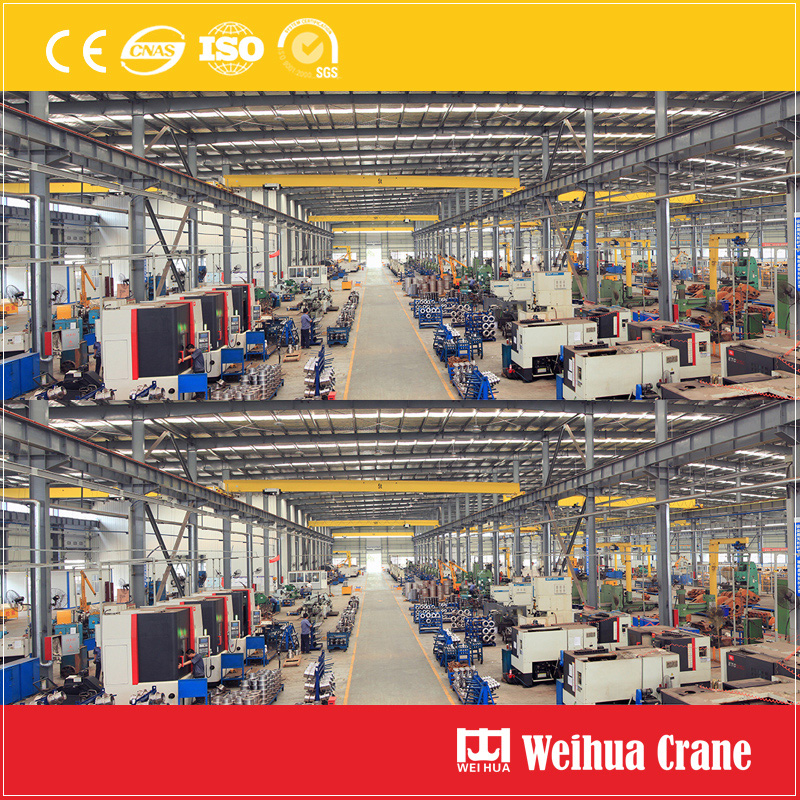
Internet of Things (IoT) Sensors
Real-time monitoring: Install strain gauges and acceleration sensors to monitor load distribution and vibration frequency.
Early warning threshold: Wear rate >0.1mm/month triggers system alarm.
AI image recognition
Automatic detection: identify surface defects through camera + deep learning algorithm (accuracy rate >95%).
Case: After a port crane adopted this system, the maintenance response time was shortened by 70%.
Through the combination of the above technology and management, the wear rate of the bridge crane hook can be effectively reduced by 50% に 80%, while complying with international standards such as ISO 4309 とfem 9.511. It is recommended that enterprises establish a preventive maintenance system and incorporate it into the equipment life cycle management system.
私たちはあなたのフィードバックを大切にします! あなたの特定のニーズに合わせてサービスを調整できるように、以下のフォームに記入してください.

最新のコメント